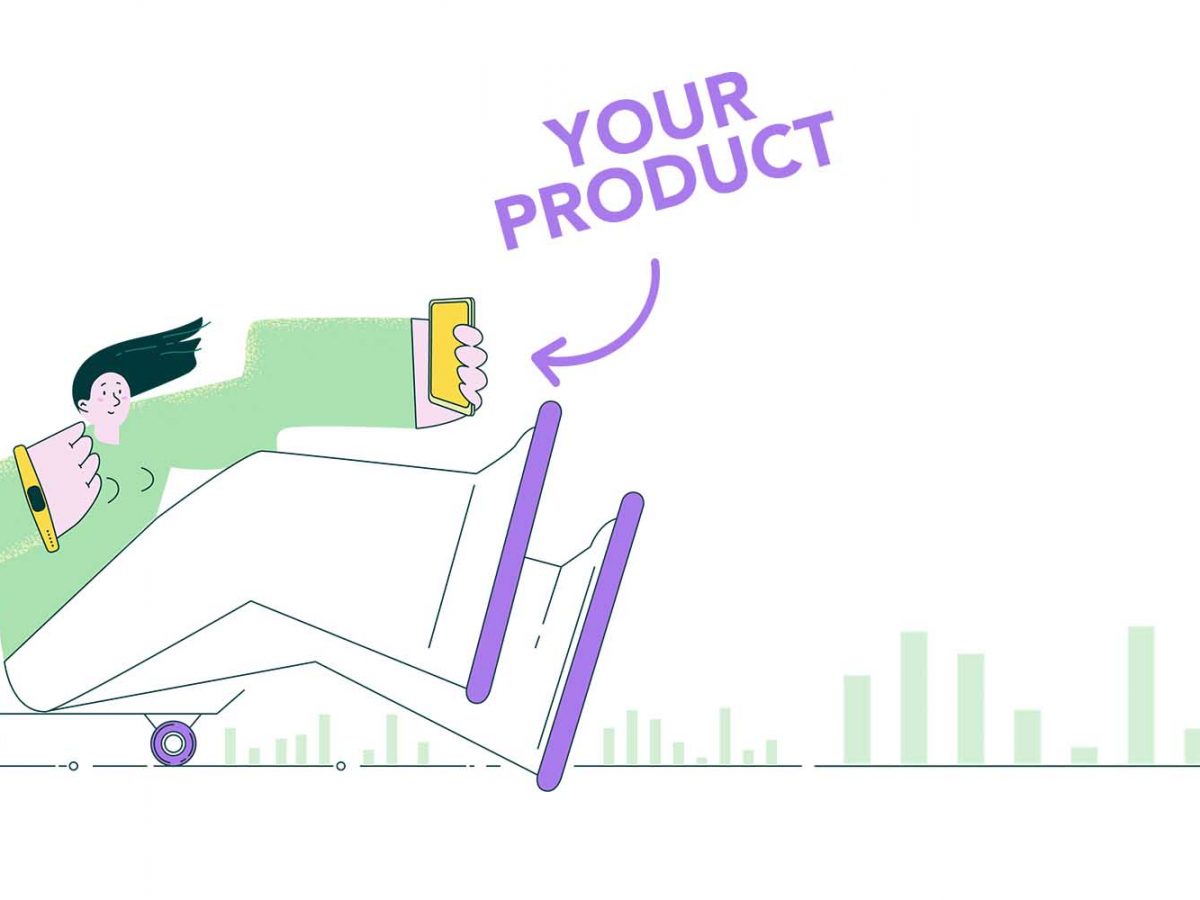Think of it this way when you’re looking to start a SaaS company or maybe when developing new features for your SaaS product. I’ll give two ends of a spectrum and your profitable SaaS idea should be aware of the two
Coordinate 1: SaaS Solutions
Total Available Market
If multiple companies/consumers (both B2B and B2C) have to go through a specific hurdle, then that’s your SaaS product. Let me explain.
Stripe’s answer was the following: if a merchant is setting up a shop, they need to accept payments very easily. That doesn’t happen just to 1, 10 or 100 businesses. It happens to a lot of businesses.
That’s their TAM (total available market): all these merchants.
But there’s also a minimum level of investment, considering every single merchant would like to create their own payment gateway. That means a lot of small merchants won’t be able to pull it through.
Say you’d be able to create this payment solution with at least $10,000. Street merchants won’t do that – they’ll resort to accepting just cash. It’s not worth for them to build a card payment solution.
Why? Their profit margins likely won’t allow it. And what’s the benefit? Accepting card payments.

What will they get out of it? Probably higher sales numbers — say $500 extra per month because of it. Does it make sense? Not really.
And that’s just factoring in costs, we’re not even talking about the capability of building something like this. So $6000 extra per year for a $10,000 investment (without time and effort included) doesn’t add up.
And again, the $10,000 figure is a fictional one. The cost is obviously higher than that.
The Answer
So street merchants would have to build their own solution. J Crew would have to do it as well, a toy store would have to do it as well and so on.
Instead of having a multitude of companies do the same thing all over again, a SaaS solution comes into play: “We’ve built this software. Use it, but pay us monthly so we can keep on developing (and hopefully expand it).”
That’s one end of the spectrum: if a lot of companies would need to develop this solution from the ground, then it’s worth building a SaaS solution. Especially if they need this but not all of them have the means to build it.
In other words, the small companies would “split the bill” between themselves, metaphorically speaking, so that your product can exist.
P.S: When companies are huge, it indeed makes sense for them to develop their own solution. See: Apple Pay, Amazon Pay. Not everyone is A or A though.
Coordinate 2: SaaS Competition
Coordinate 1 is not the full story. There’s also another thing: how hard is it to build something like this?
Because once you build a solution, competition will come. We can see this happen in the customer messaging platform sector. You’ve got:
- Drift
- Intercom
- Help Scout
- ZenDesk
- Crisp
- GoSquared
- etc.
Yes, all of them have nuances and differences but it’s not a stretch to say that the market is pretty segmented.

Why? Because of how hard it is to build a product. In the customer messaging industry, the market has shown us that it’s not as hard to build a product like this. That’s not to say it’s easy — but a payment processing solution is definitely harder to create
Factor in the lack of the lock-in effect in the customer messaging industry.. And maybe the lack of the network effect as well.
So we’ve got the other end of the spectrum:
The easier it is to build the solution, the smaller the gap between yourself and the possible competition is.
Yes, it might take 1 or 2 years for the competition to catch up — but they will, if the entry point is not as high. Unless you widen that gap.
And what do I mean by entry point? Let’s think again about the payment processor platform.
You absolutely need to integrate with VISA/MasterCard/Amex/Discover etc.
You’ll need licenses for accepting payments.
You’ll need unimaginable layers of security. That already begs for millions in investment. And for how many groups of people (founders) does it make sense to go through this hurdle — and here’s the catch — when compared to what’s on the market already?
Intercom and Drift were copy-able. Revolut, N26, Monzo etc. in Europe are copy-able.
Stripe is not. WeWork is not. Both of these have very high entry points.
What’s the conclusion here?
The left end of the spectrum: is the solution that you’re building something that multiple companies keep bumping into, but maybe something they can’t handle?
The right end of the spectrum: is what you’re building something that’s either:
- Hard enough to replicate so you can keep at bay possible competition
- OR simple enough to replicate BUT you’ve got a brief idea of how you can widen the gap once you’re set up properly?
The answer is in the middle of these two.
And it’s not a perfect 50-50. For some it’s 70-30 in the favour of hard — they can handle the long-term and have got the guts, connections or background to have higher chances of making it happen.
Stripe and Square share the same market but except for a couple of other alternatives, there aren’t so many payment processors out there (as there are alternatives for Help Scout).
Some prefer a 60-40 balance in the favour of “easy to replicate” — they bet on their future ideas (or rather, the execution) and would want to “divide and conquer” into smaller pieces.
Pick yours, but be aware of the two ends of the spectrum and place yourself wherever your personality can win.
About Ch Daniel
I’ve updated this signature in July 2020, so older mentions of the signature might not make sense.
I currently don’t write on this blog anymore. I wrote daily for 9 months on this very blog, but now I’m focused on building the CH Group.
If you want to follow my newer articles, check out the CH Group’s blog.
See everything I do here: Chdaniel.com

Illustrations: ONO, Nico 189



